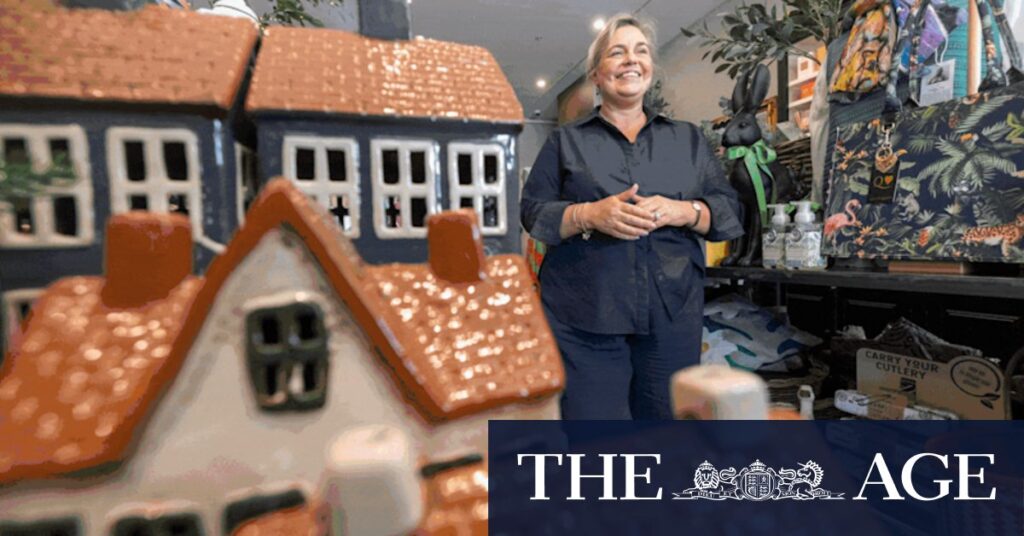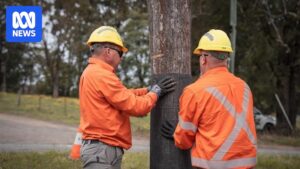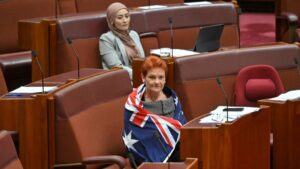
In the heart of Melbourne’s suburbia, Blackburn has long been cherished as a quaint village-like community. However, this tranquil oasis may soon face significant changes as government plans for an “activity centre” spark heated debate among residents and local business owners.
Once a bustling hub in the 1970s with a variety of small shops and services, Blackburn’s commercial strip has evolved significantly over the decades. Today, it features a mix of eateries, real estate agencies, and a few remaining traditional stores, such as a milk bar and a newsagent. Despite these changes, the area has retained its village charm, a sentiment echoed by long-time residents and business owners.
Concerns Over Proposed Developments
Cortney Wise, owner of the Pride Lane hairdressing salon, is among those voicing concerns over the government’s proposed activity centre plans. Wise, whose salon has been a fixture in Blackburn for over 60 years, fears the development could drastically alter the suburb’s landscape.
“I feel like it’s going to completely change the landscape of Blackburn, in a negative way,” Wise said.
Wise and her clients are apprehensive about the potential for high-rise buildings and increased taxes that could force local businesses to close. She argues that while some areas near the Blackburn station might benefit from upgrades, the proposed changes do not consider Blackburn’s unique identity.
Political and Community Reactions
The debate has also attracted political attention. Richard Welch, a Liberal upper house member, has been vocal in his opposition to the proposed high-density developments. He warns of the potential for up to 20-storey towers near the station, which he believes could disrupt the area’s balance.
“People choose this area because they want to live in an environment like this. This will radically change the equilibrium,” Welch stated.
Welch’s campaign against the development has garnered significant community support, with over 3,000 responses on his website. Residents express concerns over parking shortages, loss of mature trees, and the potential displacement of current businesses due to increased property values and taxes.
Conversely, Paul Hamer, the Labor state member for Box Hill, dismisses these concerns as part of a scare campaign. He emphasizes the importance of community consultation in the planning process and reassures residents that landscape protection controls will remain in place for certain areas.
“Consultation will open soon for the Blackburn train and tram zone, and I encourage everyone in Blackburn to have their say,” Hamer said.
Looking Ahead: Balancing Development and Preservation
The state government asserts that the proposed developments are necessary to address housing shortages and make use of Blackburn’s excellent public transport connections. A government spokesperson highlighted the need for more homes in well-connected areas to prevent locals from being priced out of their own communities.
Meanwhile, local council members like Kieran Simpson urge patience and emphasize the importance of waiting for detailed plans before drawing conclusions. Simpson acknowledges the community’s fears but believes that the proposed changes will not mirror the high-density developments seen in nearby Box Hill.
New residents, such as Angus McLay, see potential benefits in the development. McLay, a structural engineer, appreciates Blackburn’s greenery but understands the need for more housing. He hopes for a balanced approach that maintains the suburb’s character while accommodating growth.
“I don’t mind the idea of more high-rises. I definitely understand it. I don’t want it to get to the stage of Box Hill, though, when it’s almost that there’s too many,” McLay said.
As Blackburn faces the prospect of transformation, the community remains divided. While some advocate for preserving the suburb’s charm, others recognize the necessity of development to meet the demands of a growing population. The challenge lies in finding a solution that respects Blackburn’s heritage while embracing its future.





